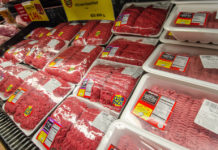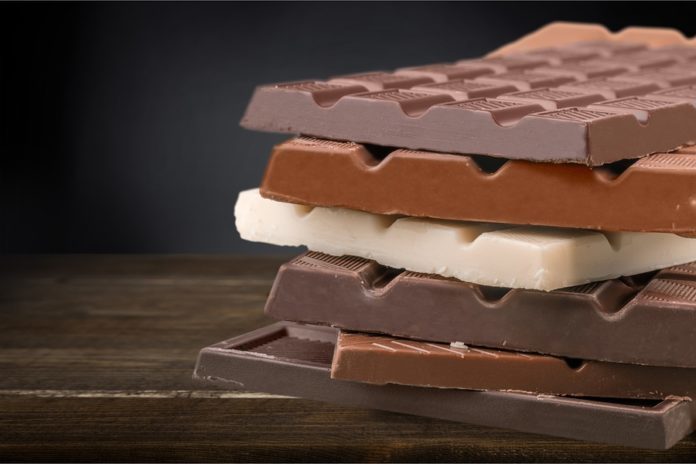Did you know that not all foods can go in the refrigerator? Indeed, refrigeration can significantly encourage the growth of harmful bacteria on many types of prepared and cooked foods. It is generally advisable to refrigerate food at a temperature between 35 and 38 degrees Fahrenheit (between 1° C and 3° C). Although refrigeration can reduce the deterioration of many types of food, it is not recommended for all edible foods in the kitchen. Colder temperatures can change the texture and taste of many foods, and sometimes even their nutritional value. Here are 35 foods that you should never put in the fridge.
1. Coffee

If you place your coffee in the fridge, it will absorb all the odours from all the other foods in your fridge.
2. Tomatoes
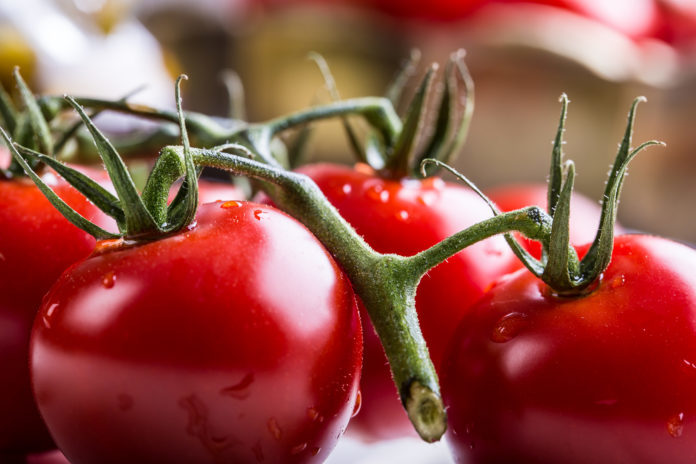
Have you noticed that tomatoes placed in the fridge lose some of their taste? The cold from the fridge makes them lose their flavour. It is best to keep them at room temperature, close to the ground and far from the sun.
3. Basil
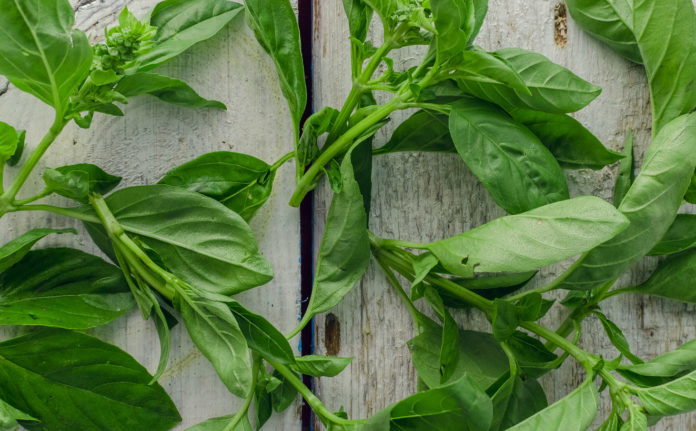
Sensitive to the cold, basil tends to release ethylene, which makes your other fruits ripen more easily, all while deteriorating its own leaves.
4. Eggplant
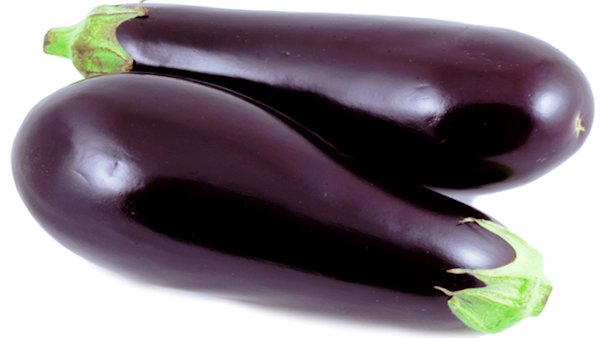
Eggplants are fruits that are really sensitive to temperatures, so keeping them for long periods of time in the fridge can affect them negatively. Temperatures under 50 degrees Fahrenheit (10° C) can damage the texture as well as the taste of eggplant. This fruit must be kept at room temperature and far away from other fruit and vegetables.
5. Avocados
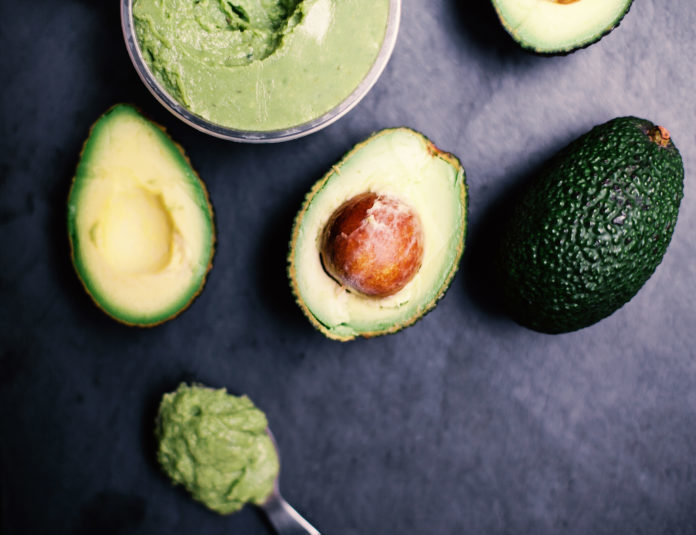
If you want your avocados to ripen so you can eat them one day, you should leave them at room temperature in a brown paper bag that you leave open.
6. Onions
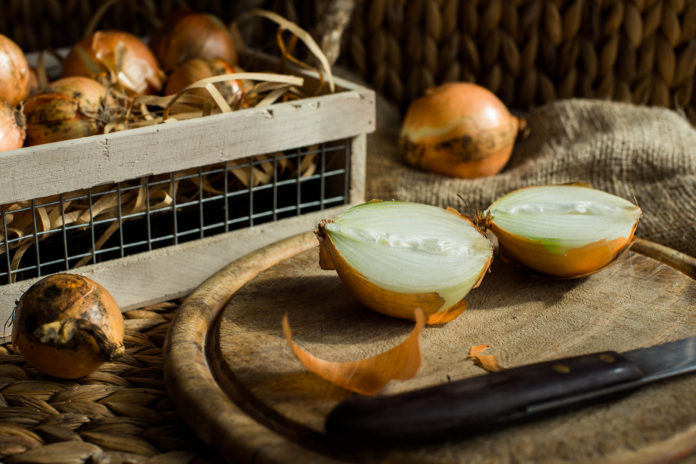
Placing onions in the fridge will make all your other foods smell like onions. It is best to keep them in your pantry.
7. Garlic
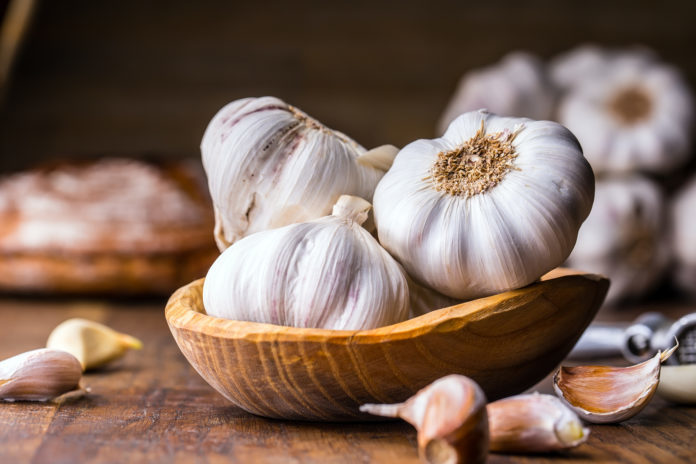
This food should be preserved in a cool and dry place. Avoid placing it in a plastic bag or a Tupperware. This will make the garlic rot and sprout rapidly.
8. Honey
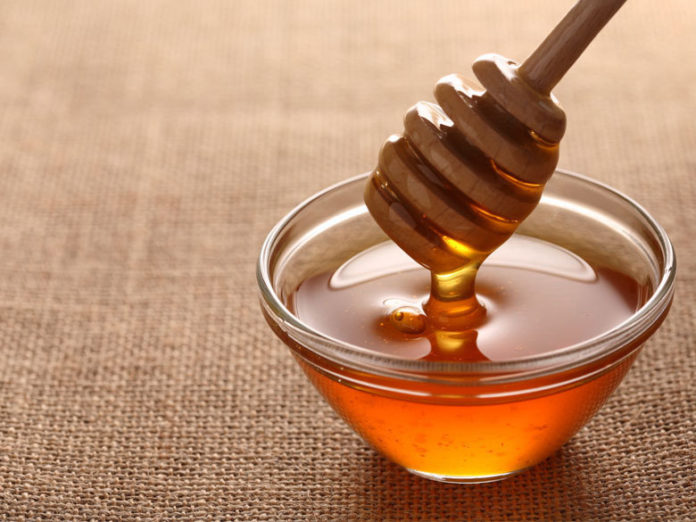
Do you leave your honey in the fridge just like your jams and marmalades? You will probably end up with crystallized honey, which is not practical once you’re ready to consume it or cook with it. Honey preserves itself well at room temperature, just make sure the pot is closed properly.
9. Peanut butter
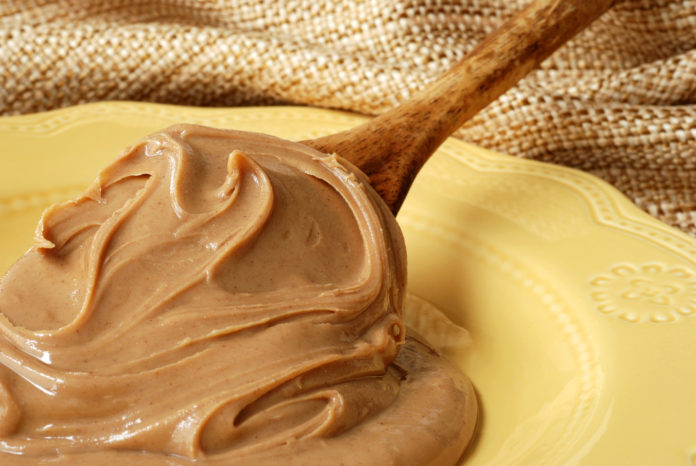
Peanut butter lasts forever, so leave it in your pantry. It is even better if you place it upside down to preserve its freshness or else the oil could rise to the top after a while.
10. Ketchup
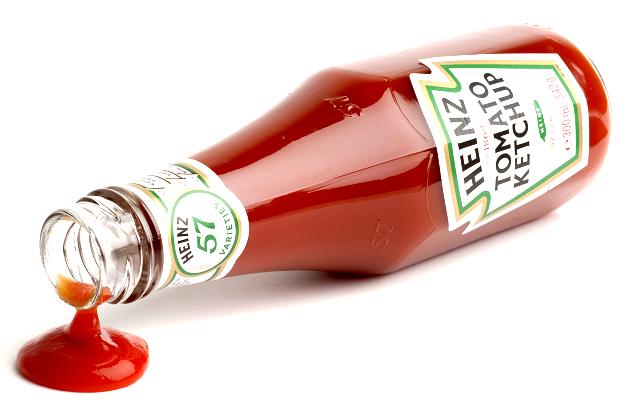
Even though on most ketchup bottles they write down that you need to leave your ketchup in the fridge after you open it, this product has enough preservatives to prevent it from spoiling without any refrigeration. Numerous restaurants keep their ketchup bottles on the tables for long periods of time.
11. Olive oil
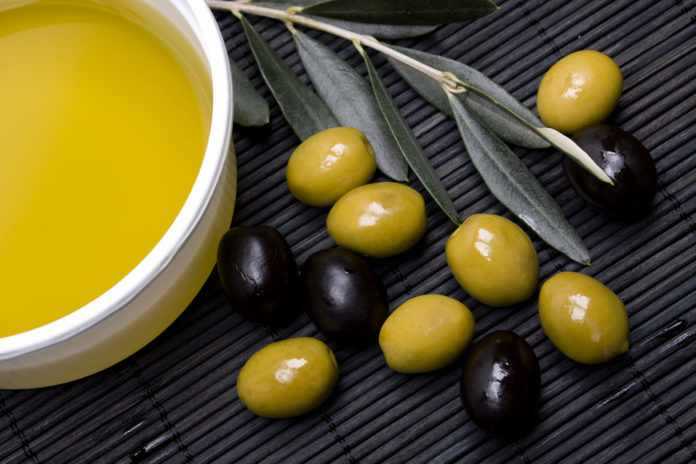
You should leave your olive oil in your pantry. If you leave it in your fridge, you will end up with olive oil with a butter-like consistency.
12. Oranges

Oranges prefer being at room temperature, just make sure they are not exposed to too much sunshine, and that they have some breathing space between them.
13. Papaya
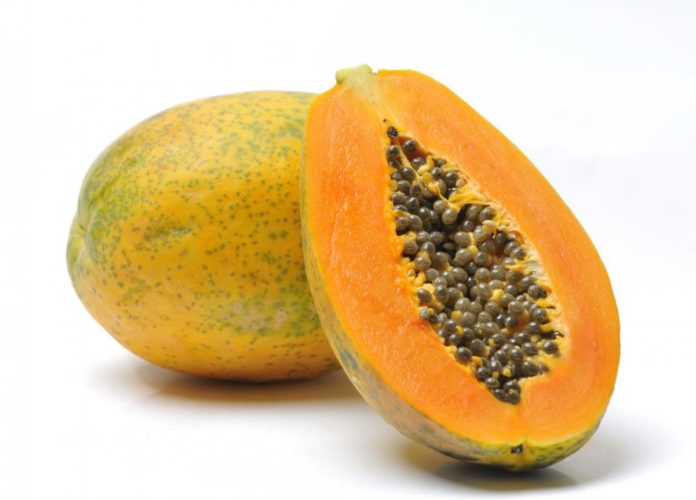
It is advised to keep papaya in your pantry or on the kitchen counter and turn it from time to time. Papaya Australia recommends keeping papaya with a banana in a paper bag to accelerate the maturing process if necessary.
14. Potatoes
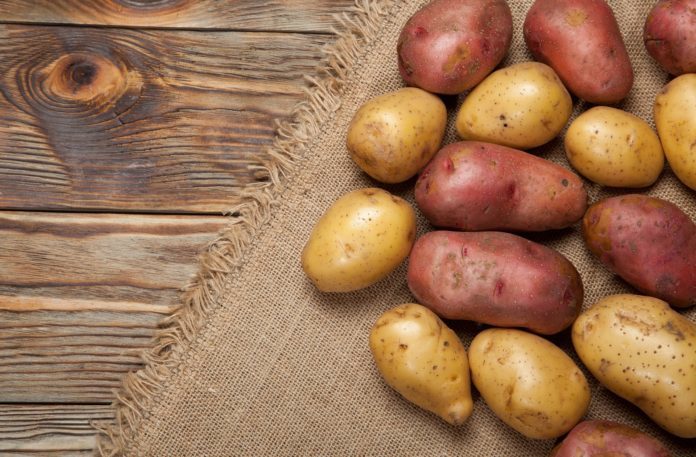
Potatoes, like onions, should be kept in a cool and ventilated place. Don’t put them in the fridge because the cold from the fridge converts the starch from your potatoes into sugars, which makes them taste sweeter and when you cook them their colour fades.
15. Pickles
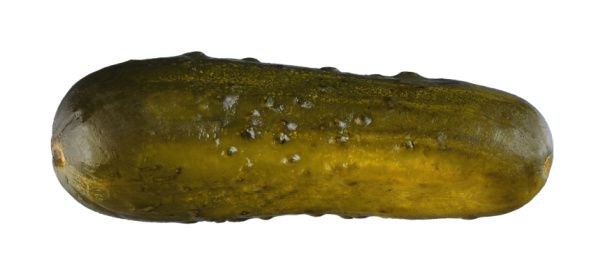
Most pickle jars are refrigerated, even though it is not necessary. The way in which the majority of pickles are made, as well as their high salt content, makes it useless to conserve them in the fridge. In fact, pickling is often used as a method to conserve foods.
16. Vinegar
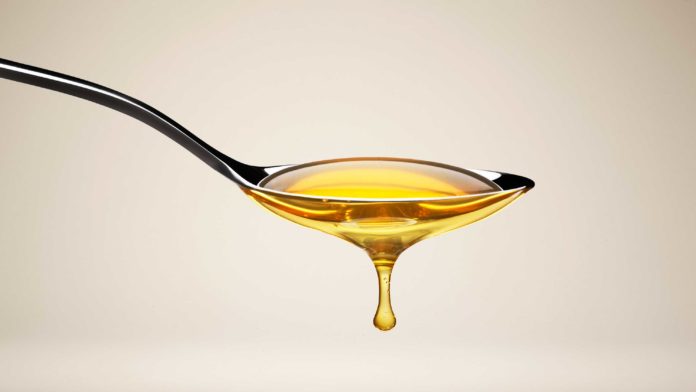
The good thing about vinegar is that it’s self-preserving. The vinegar institute conducted a study that confirmed that the time of conservation of vinegar is practically everlasting. After a long period of being stocked, white vinegar won’t change. Vinaigrettes with onions, garlic, or herbs can need refrigeration.
17. Donuts
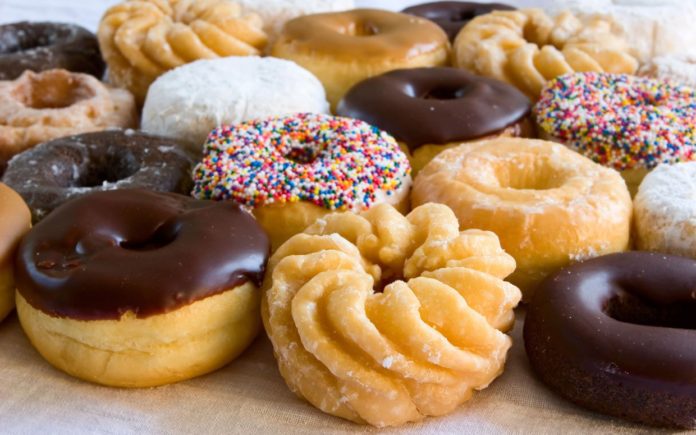
Donuts can become bland or even soggy if they are kept in the fridge. They will stay fresher if they are kept at room temperature. Donuts should be eaten the day they are bought.
18. Mustard
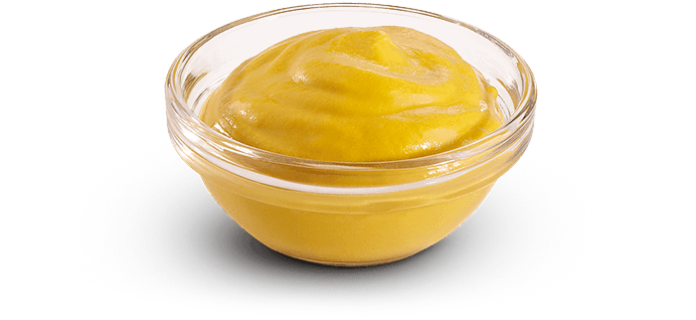
Like ketchup, there is acid in mustard that acts as a natural preservative. Mustard can be conserved for a month in the pantry.
19. Aged cheese
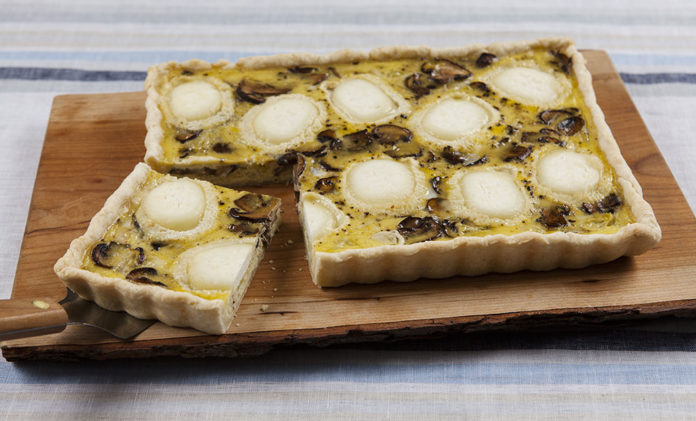
The difference between aged cheese and other types of cheese is that it’s ripe. This process usually takes 6 months. If those cheeses are put in the fridge, they have a tendency of getting very hard.
20. Canned tuna

An unopened can of tuna has to be kept in the pantry. A lot of people find tuna tastes better when it is kept at room temperature.
21. Molasses
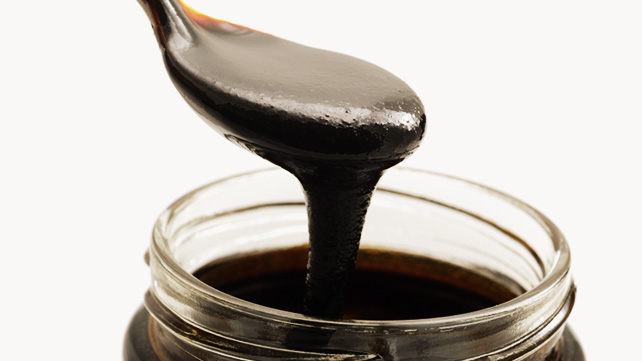
According to B & G Foods, molasses doesn’t need to be kept in the fridge and can be eaten even after many years in the pantry. The combination of ingredient and the high sugar levels ensure that room temperature molasses can be kept for a long time.
22. Bananas
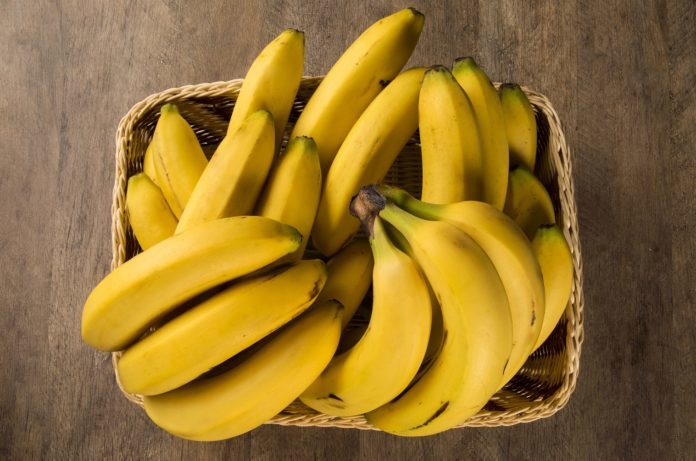
Maybe you don’t know this but bananas grow in warm countries so they are not used to cold environments. It is logical to keep them at room temperature and to avoid exposing them to too much daylight.
24. Cucumber
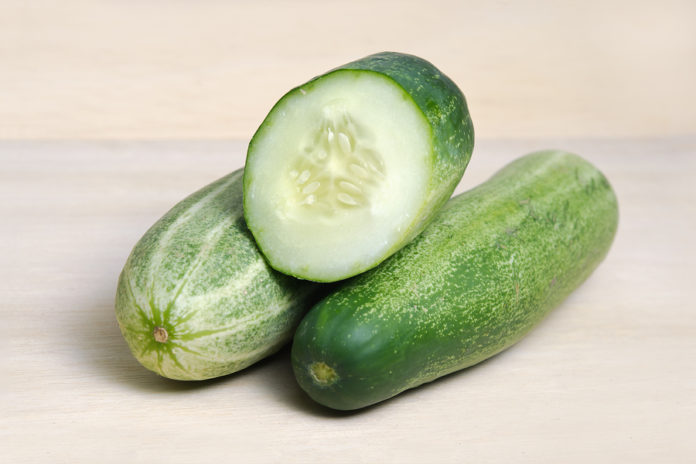
By placing your cucumber in the fridge, you risk of deteriorating its taste and making it wilt. It’s better to leave it on the kitchen counter.
25. Cereal
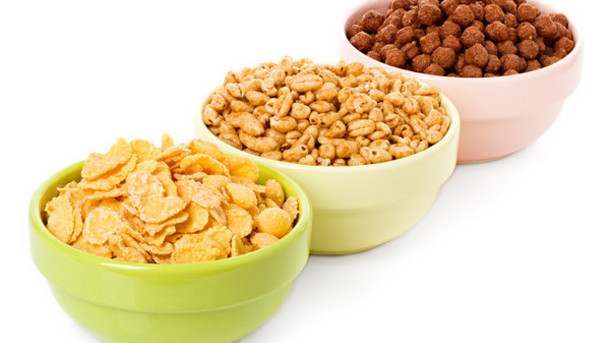
Most cereals will lose their crunchy texture if they are kept in the fridge. Even though they will still be edible, they will be less crunchy. Most cereal boxes will also take too much space in your fridge anyway.
26. Pumpkins

Some people might want to keep small and medium-sized pumpkins in the fridge to preserve them. A cold environment can easily ruin them. They must be stocked in a dry and cool place, but not in refrigerated temperatures.
27. Watermelon
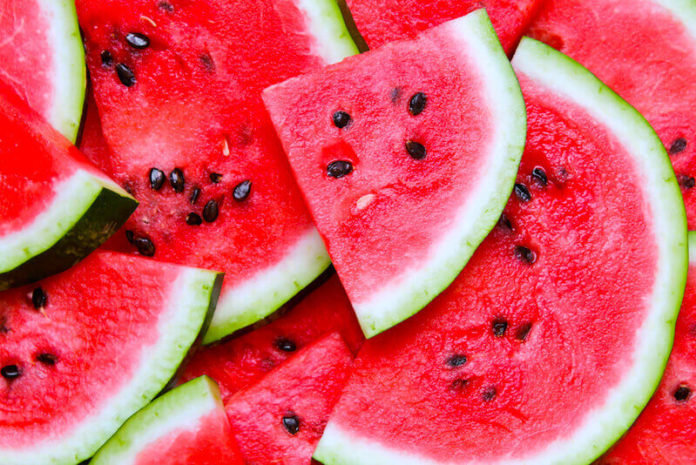
You should keep your melons at room temperature until you slice them. Once you’ve cut them, keep them in the fridge.
28. Apples
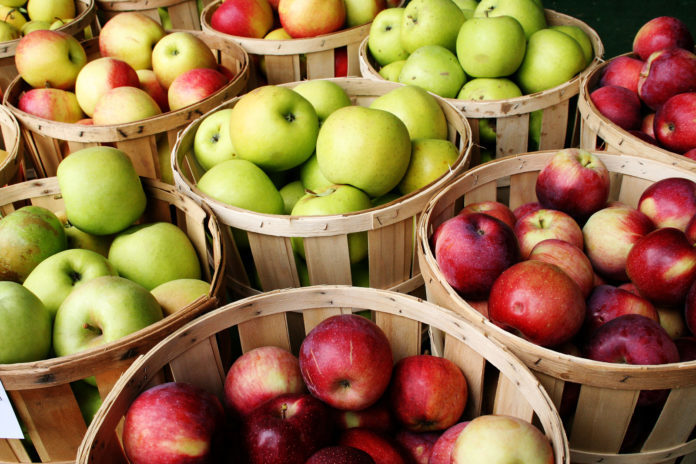
Placing your apples in the fridge helps them last longer, but if you are eating them all in a week or less, it is best to keep them at room temperature. It is also best to keep them far from vegetables since they release ethylene which will make them ripen faster.
29. Spices

Most ground spices can be securely kept for many years in the pantry. Not only is there no advantage in stocking spices at a colder temperature, but the taste can also be altered. If a spice has been kept at room temperature for more than a year, just smell it to know if it’s still good: If you can’t smell the spice, it probably won’t make you sick but it won’t add much flavour to your meals.
30. Pears
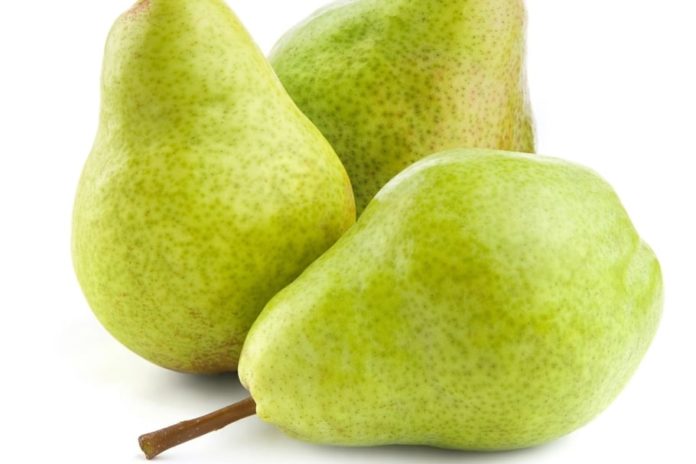
Some people prefer eating their fruit cold. However, cold temperatures can destroy the crunchy texture of fruits, like pears for example. They can also become soft if they stay in the fridge too long.
31. Hot peppers
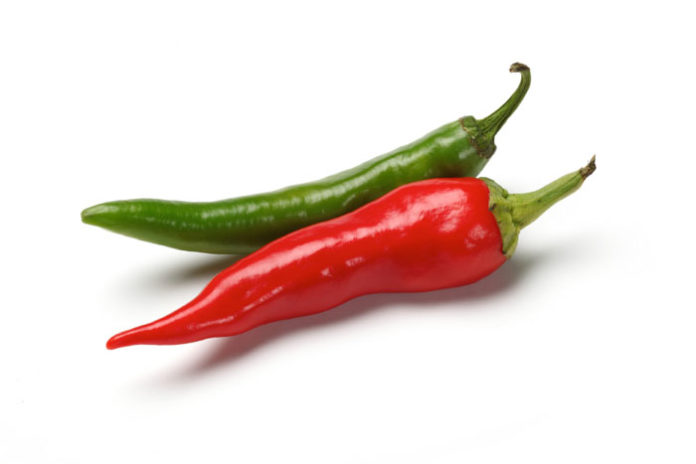
Keeping hot peppers in the fridge to preserve and improve their taste is a myth. The cold can reduce the crunchy texture of these vegetables. It is often recommended to keep them in a paper bag and to keep them dry.
32. Dried beef
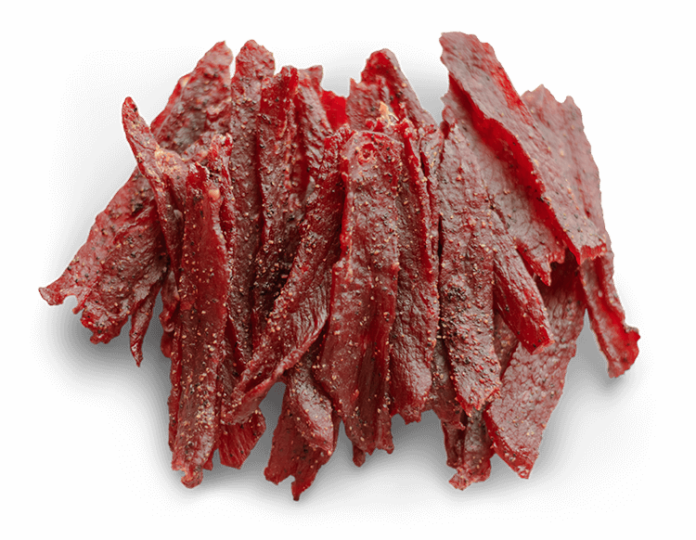
Even if dried beef is technically meat, most of the humidity has been eliminated. The United States Department of Agriculture declared that commercially packaged dried beef can be kept for 12 months. After you open the dried beef package, you can keep it at room temperature for about a week.
33. Soya sauce
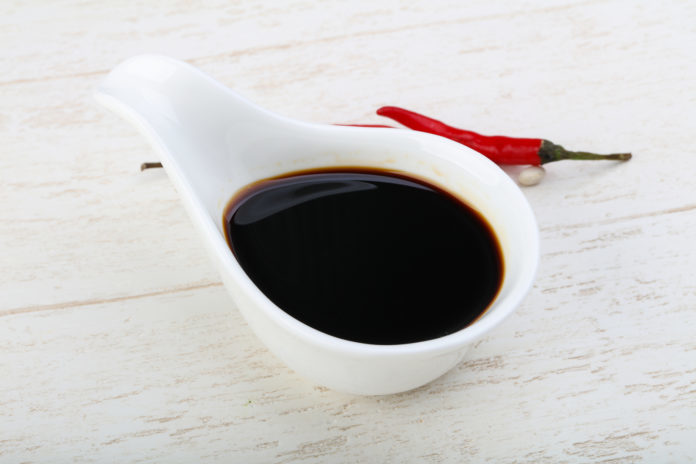
If you want to preserve your soya sauce’s flavour, keep it in a cool, dry place far from sunlight.
34. Flour
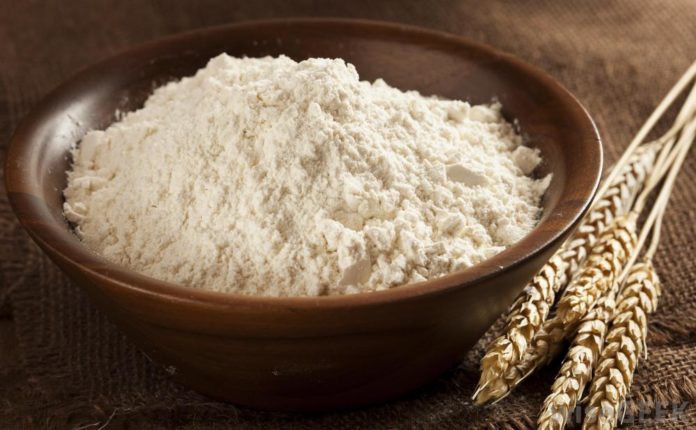
Flour won’t be damaged by colder temperatures, but it is simply not necessary to keep it in the fridge. People’s fridges are usually jam-packed anyway, so keeping flour in an airtight container is best.
35. Bread
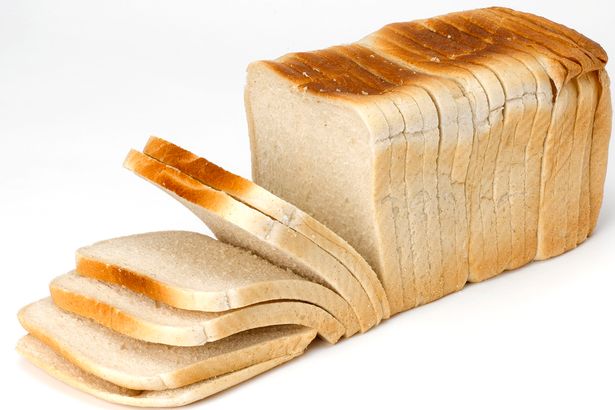
Bread, in general, but especially fresh bread becomes stale more rapidly when you put it in the fridge. Leave it in its original packaging and leave it on your counter or in your pantry.
Sources:
- Dr. Health
- Huffington Post Québec
- fourchette-et-bikini.fr
- body-op.com
- Coup de Pouce












